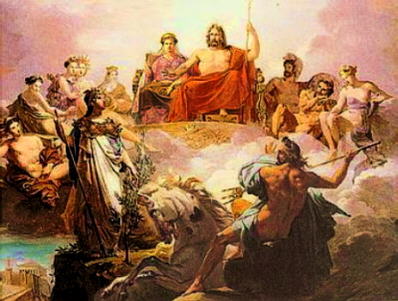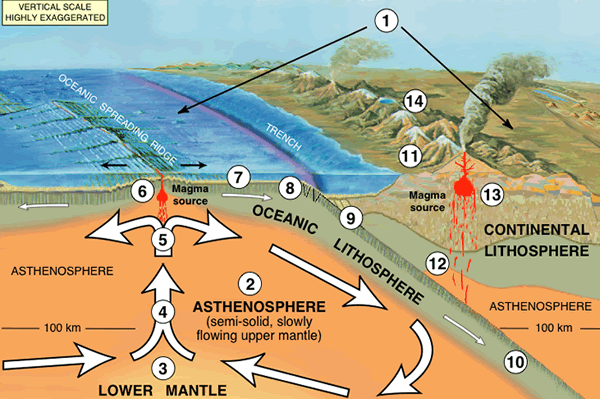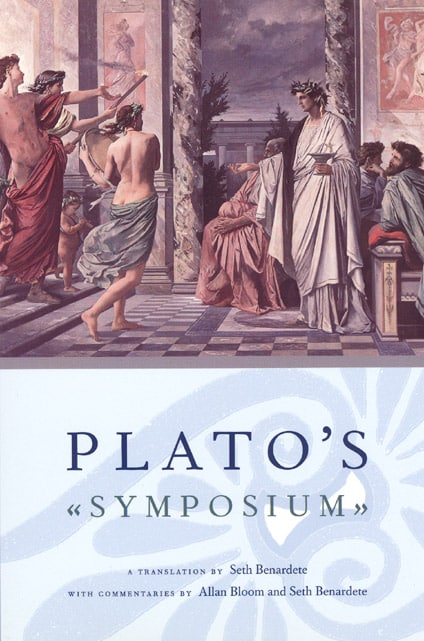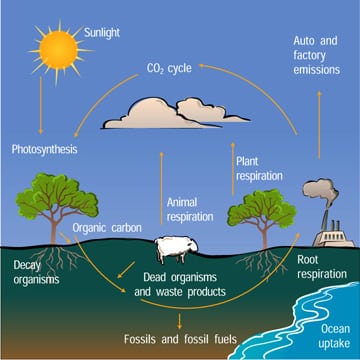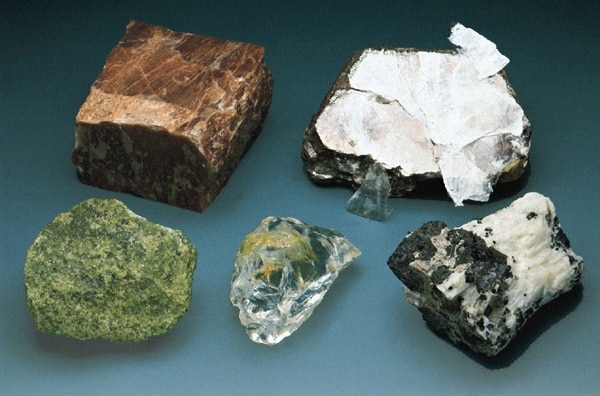William completed his Bachelor of Science and Master of Arts in 2013. He current serves as a lecturer, tutor and freelance writer. In his spare time, he enjoys reading, walking his dog and parasailing.
Article last reviewed: 2022 | St. Rosemary Institution © 2010-2025 | Creative Commons 4.0
Breathalyzer – Alcohol testing devices The Breathalyzer device contains: A system to sample one’s breath and Two glass vials containing the chemical reaction mixture. A system of photocells connected to a meter measure the color change associated with the chemical reaction. To measure alcohol, a person breathes into the device. The breath sample is bubbled…
What is Religion? “Viewed from within, religion is a state of mind, a complex of beliefs and feelings about the forces which govern man’s life and situate it in the world.” (E.R.Dodds) The Greeks did not have a simple word for what we call religion; instead they spoke of ta theia, theon therapeia, and eusebeia.…
Virtue ethics stresses the character of the individual, rather than the consequences or ethical rules that are emphasized by consequentialism and deontology. These three differing views on ethics all tend to focus on the approach of the dilemma rather than the conclusion. When evaluating the morality of cheating, a consequentialist argues that cheating is wrong…
To believe or not to believe in an indivisible form of power that will forever be beyond our understanding is a critical decision that ultimately dictates the way you live. The question of God’s existence will perhaps never be answered, but everyone participates in the wager of his existence. Blaise Pascal was a French philosopher…
Geology (study of Earth) is important for energy and natural resources, solving environmental problems, building cities and highways, predicting and protecting against natural disasters like earthquakes, volcanic eruptions, landslides, floods Uniformitarianism: fundamental principle “the present is the key to the past” How long? geologic time is measured in billions of years Where and How? After…
“Three times her little throat around, and strangled her. No pain she felt”: Robert Browning’s “Porphyria’s Lover”, written by Robert Browning first appeared in 1836. This dramatic monologue tells the story of a male’s sexual fantasy towards his lover Porphyria’s corpse. The title of the monologue is written in third person, which makes it appear…
Plato’s famous piece of literature, The Symposium, is striking with its speeches of love, or eros, which translates to desire. While eros will refer to love in this paper, Eros is also the name of the Greek god of love. A Symposium is a semi-formal banquet consisting of only men, followed by ceremonial toasts and…
Wilhelm WUNDT Father of psychology, wanted to establish the study of the mind as a science. Analyzed the mind in terms of its basic components [STRUCTURALISM] William JAMES Prof of psych, philo and physiology at Harvard. Was a “big-picture” person and liked to look at things as a whole [FUNCTIONALISM] Wolfgang KOHLER Researched apes and…
Igneous rocks crystallize from molten silicate material called magma that forms at high temperatures and pressures deep in the Earth. Magma rises through the crust and either reaches the surface by volcanoes (extrusive) or cools below surface (intrusive). How Magmas Evolve – according to Bowen’s Reaction Series: discontinuous (different molecular structures of olivine [single tetrahedra],…
Major Plot Details It starts off where Nick wakes up and goes to visit Gatsby at his mansion. Gatsby tells nick that he waited for Daisy all night and nothing happened. Gatsby doesn’t want to leave Daisy. Gatsby then tells Nick about how he met Daisy and that he loved her for who she is…
Plot This is the main chapter in the book, in this chapter it’s about Daisy inviting over Gatsby, and writing other people there so it won’t look suspicious. Daisy also invites Nick Carraway, and Jordan Baker over for lunch too. Everyone finds the weather unbearably hot, and they decide to go into town. They stay…
Plot Details The long-awaited meeting between Jay Gatsby and Daisy finally occurs in this chapter Nick tells Gatsby that he will be inviting Daisy for tea and Gatsby agrees to come but he wants everything to be perfect for her arrival (i.e. He cuts Nick’s lawn for him) Daisy arrives at Nick’s and Gatsby attempts…
Summary Our narrator Nick is at Gatsby’s party, full of people he is certain do not even know Gatsby on a personal level“Those who accepted Gatsby’s hospitality and paid him the subtle tribute of knowing nothing whatever about him” (61). Nick lists, in detail, all the names of people who visited Gatsby’s house during the…
Plot Summary Nick goes home to find Gatsby’s butler with an invitation to his party. Nick ventures to Gatsby’s house. He describes the party as hectic and lively. He also comments on how long it lasts. He also mentions how most attendees were not originally invited. Nick meets up with Jordan Baker at the bar.…
Plot Overview: In this chapter Nick goes with Tom to New York; however first Tom goes to see his mistress, Myrtle Wilson and her husband George Wilson at Mr. Wilson’s dismal auto shop. Once in the city Myrtle, Nick and Tom go to the apartment Tom keeps for his affair. After a very strange party…
Summary: In this chapter, we are introduced to Nick and his views on judgment. We get a visual description of Nick’s and Gatsby’s house. Nick meets Daisy and Tom; as well as Jordan Baker. Nick finds out about Tom’s ‘women’ in New York. As Nick heads home he sees Gatsby in the dark, looking across…
The centerpiece of Buddhism is the doctrine of Interdependent Arising There are no independent, enduring selves that reap the benefits and suffer the misfortunes of life Persons are constituted by five sets of processes: Physical processes: nervous system, immune system, DNA, etc. Processes of sensation: responsible for feelings of pain and pleasure Perceptual processes: responsible…
The Earth’s climate is always changing, fluctuating from cool temperatures to warm temperatures throughout Earth History. Climate change has become a controversial issue that scientists are sceptical about. The present cause of global warming is part of a natural variation; however it is also greatly caused by human actions. Based on the evidence that I…
Minerals are solid chemical compounds that combine to form rocks. They are found in nature and vary in atomic bonding, molecular structure, and element composition, all of which determine their chemical, physical properties and permit their identification. ‑ An infinite number of chemical combinations are possible and almost 4000 natural minerals are known; however, only…
Charles I made numerous mistakes throughout his reign that led to a civil war within England and ultimately led to his death in January of 1649. As a ruler who believed in the Divine Right of Kings, Charles choose to rule without parliament and introduced new taxes to fund his rather pointless wars with Spain…


